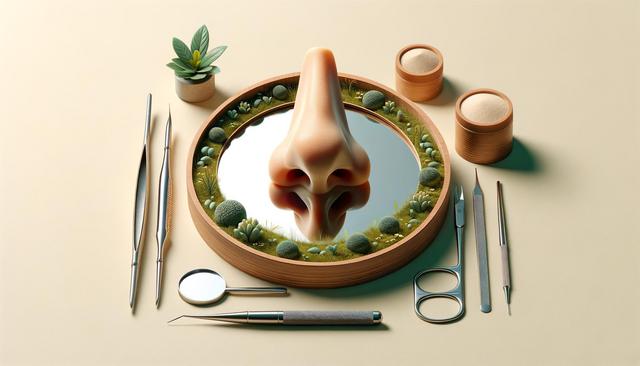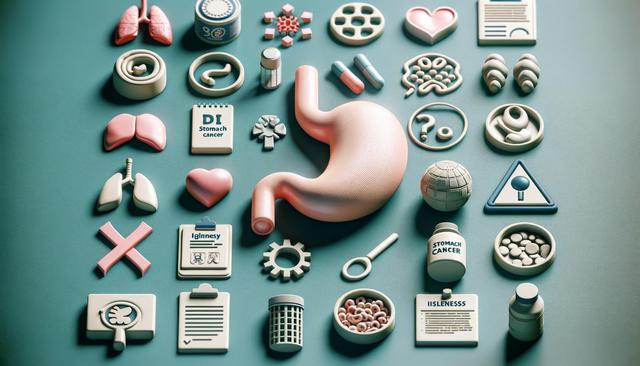Understanding the Purpose of Rhinoplasty
Rhinoplasty, commonly referred to as a nose reshaping procedure, is one of the most sought-after forms of facial surgery. Its primary goal is to improve the aesthetic appearance of the nose while maintaining or enhancing overall facial balance. For some, the procedure also addresses functional issues such as breathing difficulties caused by structural abnormalities. Whether the motivation is cosmetic, medical, or a combination of both, rhinoplasty can offer a significant improvement in quality of life.
The decision to undergo rhinoplasty should not be taken lightly. It involves a thorough consultation with a qualified specialist who can assess your individual facial structure and discuss realistic outcomes. Proper planning and understanding of the process are crucial. Patients often seek rhinoplasty for:
- Reducing or increasing nose size
- Straightening a crooked nose
- Removing bumps or indentations
- Refining the nasal tip
- Improving nasal symmetry
By focusing on these elements, a well-performed rhinoplasty can deliver subtle yet impactful changes that align with the patient’s facial proportions and personal goals.
The Expertise Behind the Procedure
Expert rhinoplasty involves more than just surgical skill; it requires a deep understanding of facial anatomy and aesthetics. Surgeons who specialize in this field often undergo additional training in otolaryngology or facial plastic surgery. This specialization ensures they are equipped to handle both the functional and cosmetic aspects of nasal surgery.
Preoperative assessment is a critical step where the surgeon evaluates nasal structure, skin type, and facial harmony. Advanced imaging technology may also be used to simulate potential outcomes, allowing patients to visualize realistic expectations. During the procedure, techniques vary depending on the issues being addressed, such as:
- Open rhinoplasty – providing full visibility for complex corrections
- Closed rhinoplasty – suitable for more minor adjustments through internal incisions
- Cartilage grafting – used for support or reshaping
Each approach is tailored to the individual, ensuring that the results are both natural-looking and functionally sound.
Recovery and Aftercare
Recovery from rhinoplasty is a gradual process that requires patience and care. While initial swelling and bruising usually subside within a few weeks, it can take up to a year for final results to fully settle. Following the surgeon’s aftercare instructions is essential to support healing and maintain the desired outcome.
Common aftercare practices include:
- Wearing a nasal splint for the first week
- Avoiding strenuous activities for several weeks
- Keeping the head elevated during sleep
- Attending follow-up appointments to monitor progress
Proper care during this time helps reduce the risk of complications and promotes optimal healing. Patients should also be aware that minor adjustments may sometimes be necessary if the nose doesn’t heal as expected, though this is relatively uncommon when the surgery is performed by a skilled professional.
Who Can Benefit from Rhinoplasty?
Rhinoplasty is a highly individualized procedure, and its benefits vary depending on the goals and needs of each patient. Candidates typically include individuals who are in good health, have completed facial growth (usually around age 16-18), and have clear, realistic expectations about the results. The procedure can be particularly beneficial for those who:
- Feel self-conscious about the appearance of their nose
- Have suffered trauma or injury affecting nasal structure
- Experience breathing difficulties due to internal nasal issues
It’s important to consider both the emotional and physical aspects of undergoing any cosmetic procedure. A comprehensive consultation helps to determine whether rhinoplasty is a suitable and beneficial choice. Emotional readiness and clear communication with the surgeon contribute significantly to a positive experience and satisfying results.
Choosing the Right Specialist
Selecting a qualified and experienced surgeon is perhaps the most important decision in the rhinoplasty process. Expertise, artistic vision, and a strong track record of successful outcomes are key factors to consider. Patients should research credentials, consult multiple professionals if necessary, and review before-and-after photos of previous procedures.
During consultations, asking the right questions can help clarify expectations and build trust. Consider discussing:
- The surgeon’s experience with similar cases
- Expected recovery timeline
- Risks and complications
- Long-term maintenance or potential revision needs
Ultimately, working with a surgeon who listens, understands your goals, and offers transparent information can make the difference between a satisfying result and one that falls short. Investing time in finding the right expert ensures that your decision is backed by knowledge and confidence.
Conclusion: Taking the Step Toward Facial Harmony
Rhinoplasty serves as more than just a cosmetic enhancement; it can be a transformative journey toward improved self-confidence and physical comfort. For individuals seeking to refine their facial features or resolve functional concerns, expert guidance and personalized care are crucial. By understanding the process, setting realistic expectations, and choosing a skilled specialist, patients can approach rhinoplasty with confidence and clarity. If you’re considering this procedure, take the time to educate yourself, consult with qualified professionals, and make a decision that aligns with your personal goals—your path to facial harmony starts with informed choices.


